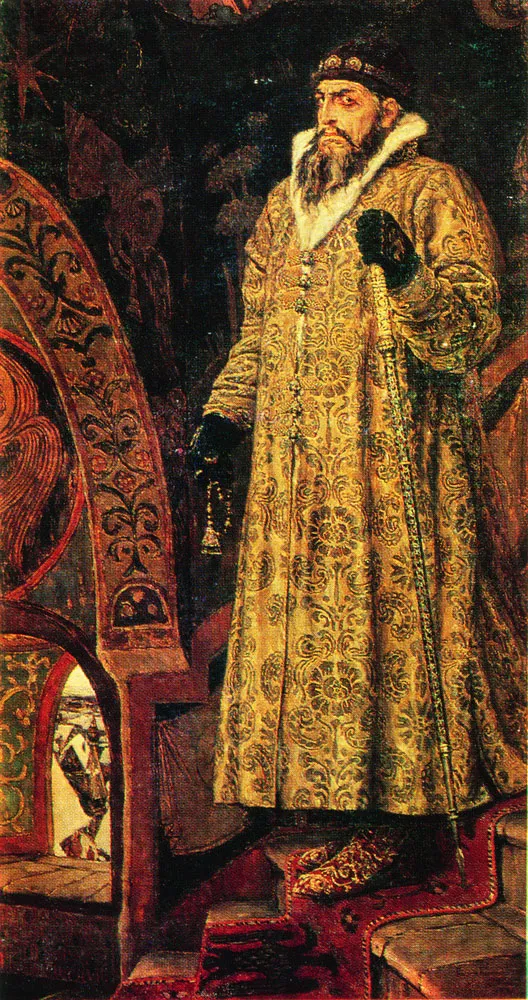Ivan the Terrible, Russian history, Tsar of Russia, Ivan IV, early modern Russia, Oprichnina, Ivan’s reign, accomplishments, atrocities, political reforms, legacy
Introduction
Ivan the Terrible, also known as Ivan IV, remains one of the most controversial and enigmatic figures in Russian history. As the first Tsar of Russia, Ivan’s reign was marked by both remarkable achievements and brutal atrocities, earning him the moniker “the Terrible.” In this article, we delve into the life, reign, and legacy of Ivan the Terrible, shedding light on the complexities of early modern Russia and the impact of his rule on Russian society.
Early Life and Ascension to the Throne
Ivan IV was born on August 25, 1530, in Moscow, the son of Grand Prince Vasili III and Princess Elena Glinskaya. He ascended to the throne at the age of three following the death of his father, under the regency of his mother and a council of boyars. Despite his youth, Ivan showed early signs of intelligence and ambition, displaying a keen interest in politics and governance from a young age.
Read Also: Joanna of Castile: Exploring the Life and Legacy of a Tragic Queen
Reign and Accomplishments
Ivan’s reign as Tsar of Russia was characterized by a series of significant political reforms and territorial expansions. He centralized power in the hands of the monarch, curbing the influence of the boyars and establishing a system of absolute monarchy. Ivan also expanded Russia’s borders through a series of military campaigns, annexing territories such as Kazan, Astrakhan, and Siberia, and consolidating Russia’s position as a regional power.
In addition to his military and political achievements, Ivan undertook a series of administrative reforms aimed at modernizing and centralizing the Russian state. He introduced a new legal code, known as the Sudebnik, which codified laws and regulations governing various aspects of Russian society. Ivan also established the Zemsky Sobor, a representative assembly of nobles and clergy, to advise the Tsar on matters of state.
The Oprichnina and Atrocities
Despite his accomplishments, Ivan’s reign was also marked by a dark and violent side, exemplified by the establishment of the Oprichnina. In 1565, Ivan created the Oprichnina, a state within a state, to enforce his authority and root out perceived enemies of the Tsar. The Oprichniki, Ivan’s personal army and secret police force, unleashed a reign of terror across Russia, carrying out brutal massacres, executions, and acts of torture against real and imagined opponents of the regime.
The most infamous atrocity of Ivan’s reign was the Massacre of Novgorod in 1570, in which thousands of innocent civilians were slaughtered by Ivan’s forces in retaliation for an alleged conspiracy against the Tsar. The massacre shocked Russia and stained Ivan’s reputation, earning him the enduring epithet of “the Terrible” in the annals of history.
Legacy and Historical Assessment
Ivan the Terrible’s legacy remains a subject of debate among historians and scholars. While some view him as a visionary reformer who laid the foundations for modern Russia, others condemn him as a ruthless tyrant whose reign was characterized by bloodshed and oppression. Despite his accomplishments, Ivan’s brutal methods and erratic behavior undermined his authority and sowed the seeds of discontent within Russian society.

